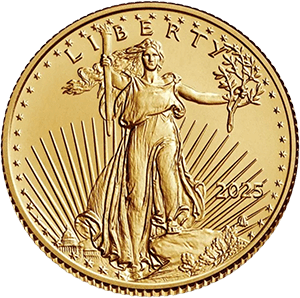Beyond macro data and policy shifts, seasonal factors often provide the subtle—but real—tailwind for gold. Historical patterns show that from late-fall through year-end, demand from jewelry, institutional flows, and physical investors tends to increase.
For example:
-
Jewelry demand in markets like India and China surges during weddings and festivals.
-
Gifting and year-end bonus flows lead to more coins and bullion being purchased in Western markets.
-
End-of-quarter and end-of-year portfolio rebalancing often corresponds with increased buying in precious metals.
For investors, the implication is clear: even if near-term macro risks dominate, the “late-cycle” window is open for those positioning for stability and value. If you’re holding a core allocation, this may be a good time to reaffirm or add. If you’re under-allocated, this seasonal phase might amplify your entry benefit.


